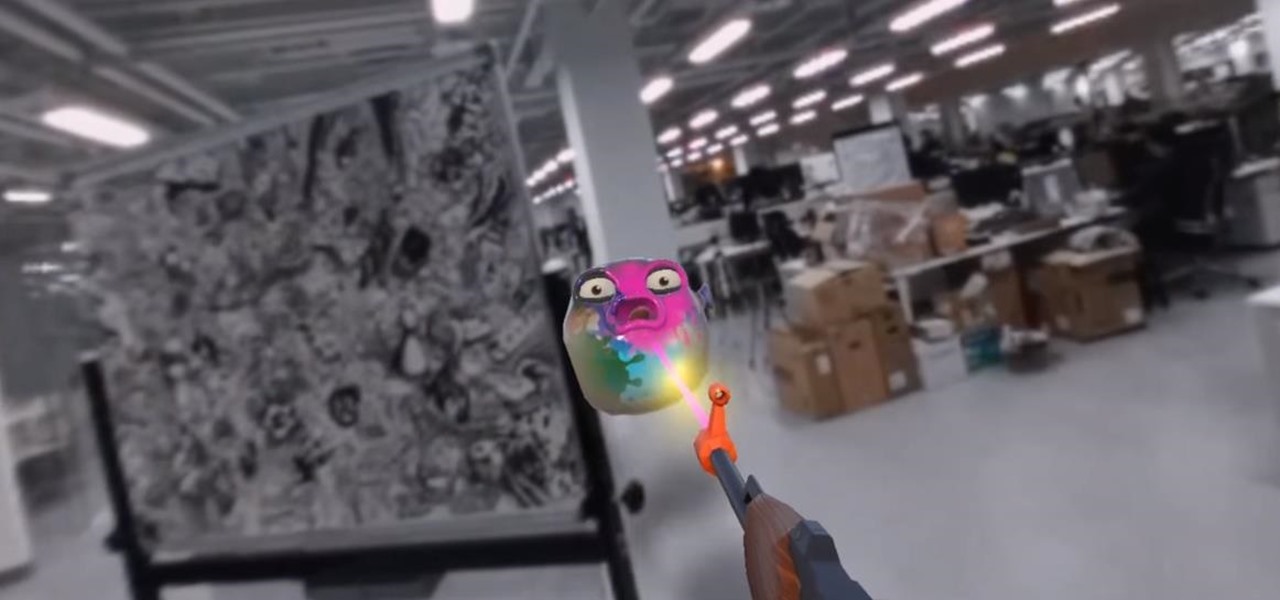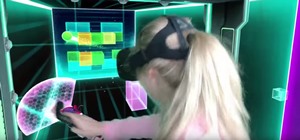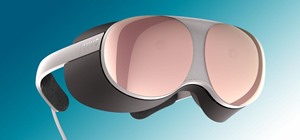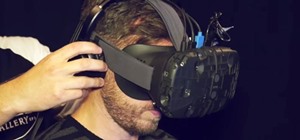HTC is entering the augmented reality market through the back door by giving developers access to the stereo front-facing cameras on the Vive and Vive Pro VR headsets.
The company announced on Wednesday, April 11, an update to the OpenVR camera API that will enable developers to merge virtual content with the real world camera view. Developers will also be able to access 3D perception and depth-sensing through the stereo RGB sensors.
In addition, the Vive software team has launched the Vive SRWorks SDK, which will support native development via plugins for Unity and Unreal. With modules for depth, see-through, and 3D reconstruction services, the SDK gives developers access to data for depth tracking, spatial mapping, virtual object placement in foreground or background, live interactions with virtual objects, and gesture recognition.
On the sum of its parts, the update enables a camera pass-through augmented reality experience such as those found on mobile devices, which results in some latency but supplements it with pose estimation (with six degrees of freedom), occlusion, and environment mapping on par with what HoloLens or Meta 2 would provide.
The result is an environment sophisticated enough for prototyping augmented reality experiences on a device that commands a market-leading share among VR headsets. The move is especially forward-looking, considering that its closest competitor, Facebook's Oculus, has its own sights set on AR.
A series of demo videos give us a taste of what developers can now do with the Vive and Vive Pro. Animated virtual characters can hide behind objects. Users can through virtual objects that rest on real-world objects or disappear into virtual portals. Rooms can be repainted with virtual textures.
This will be an interesting space to watch as developers dive in and experiment with this new toolset.
Just updated your iPhone? You'll find new features for Podcasts, News, Books, and TV, as well as important security improvements and fresh wallpapers. Find out what's new and changed on your iPhone with the iOS 17.5 update.











Be the First to Comment
Share Your Thoughts